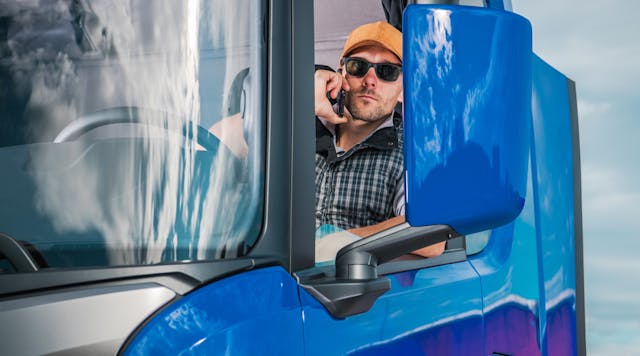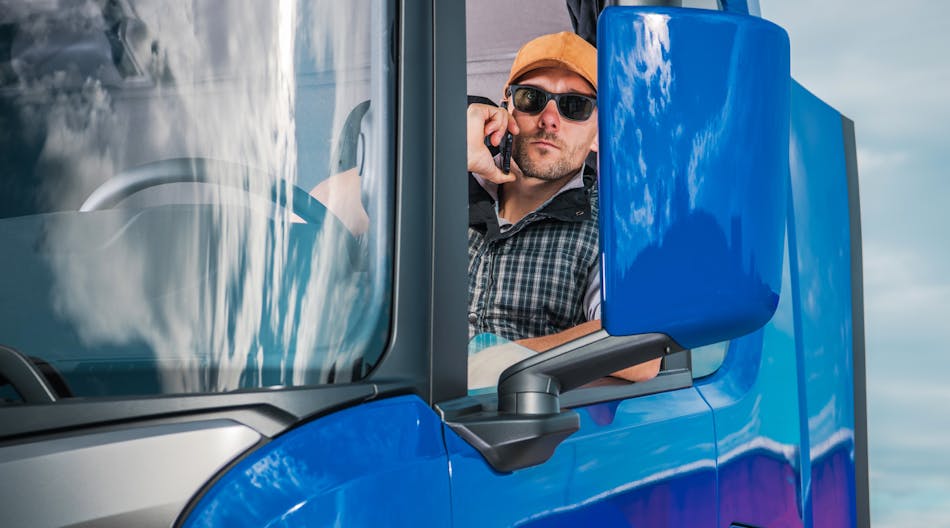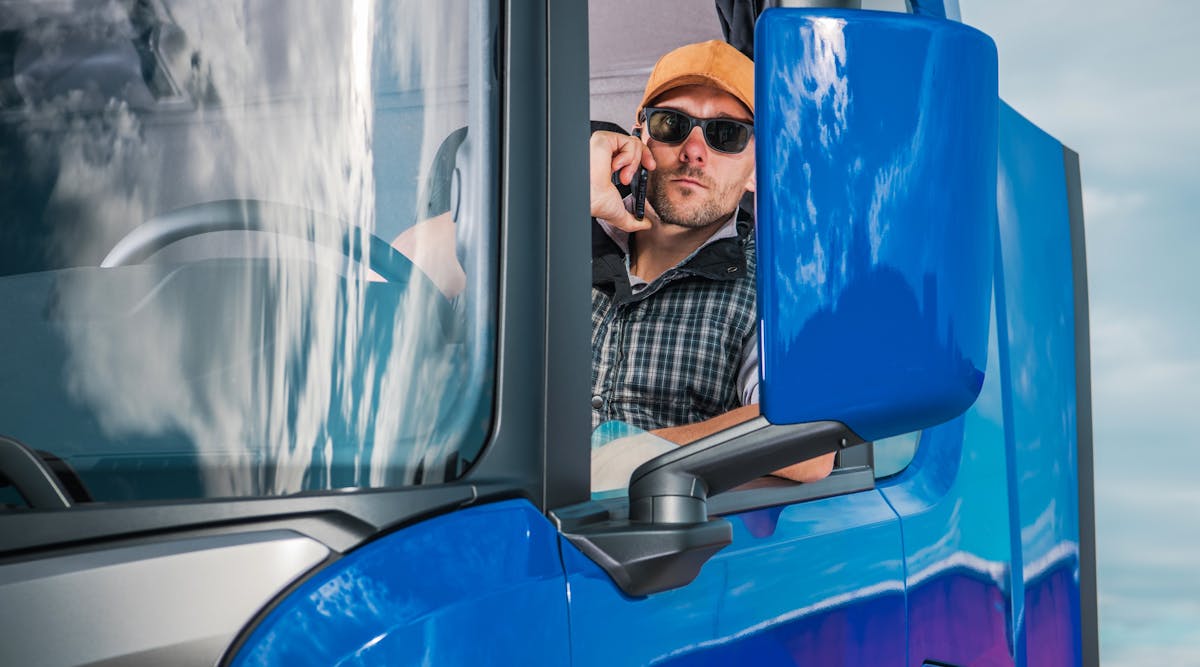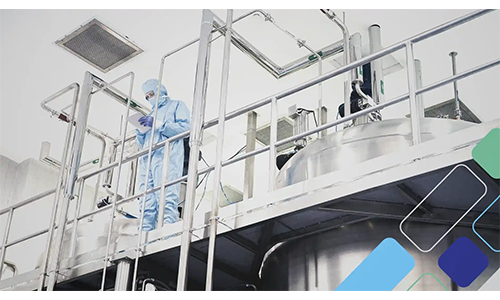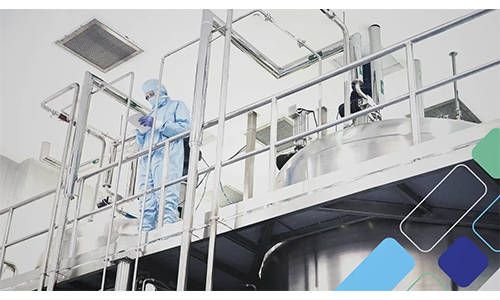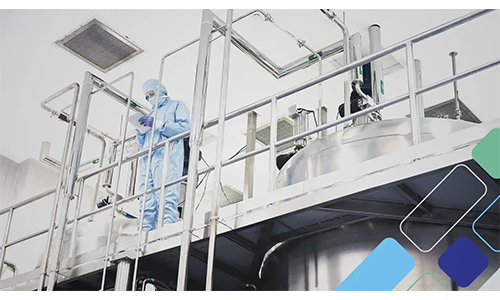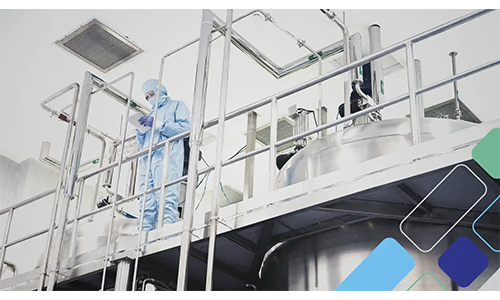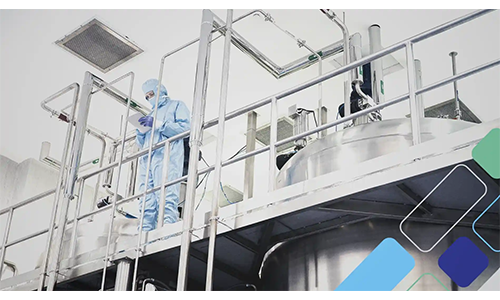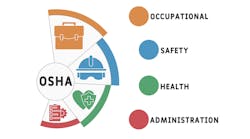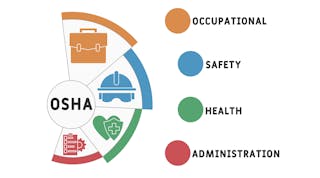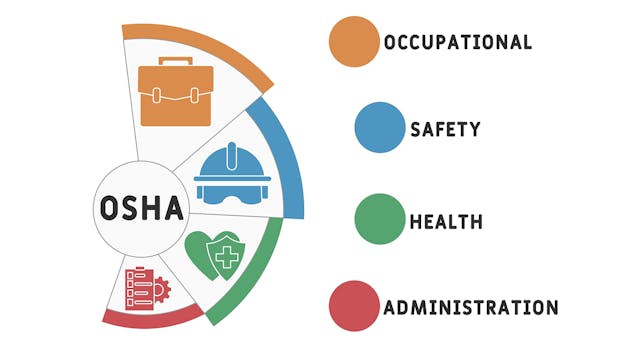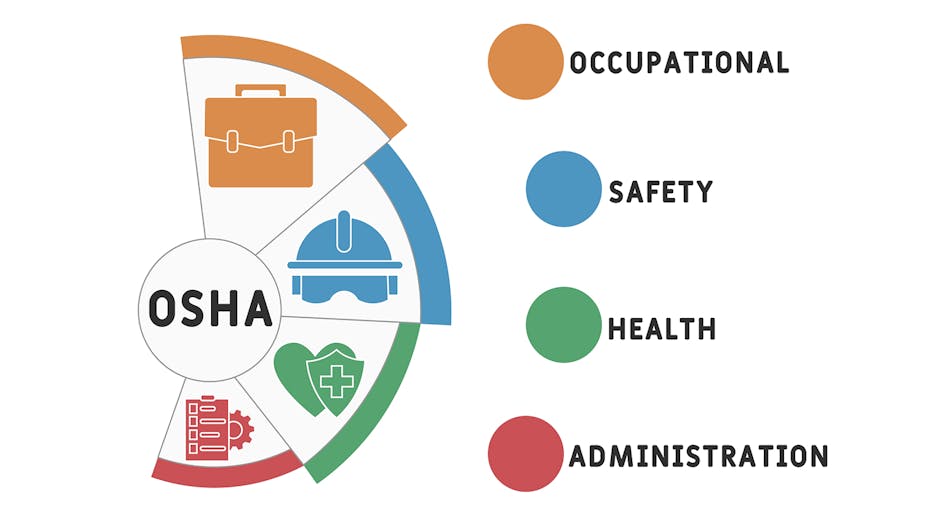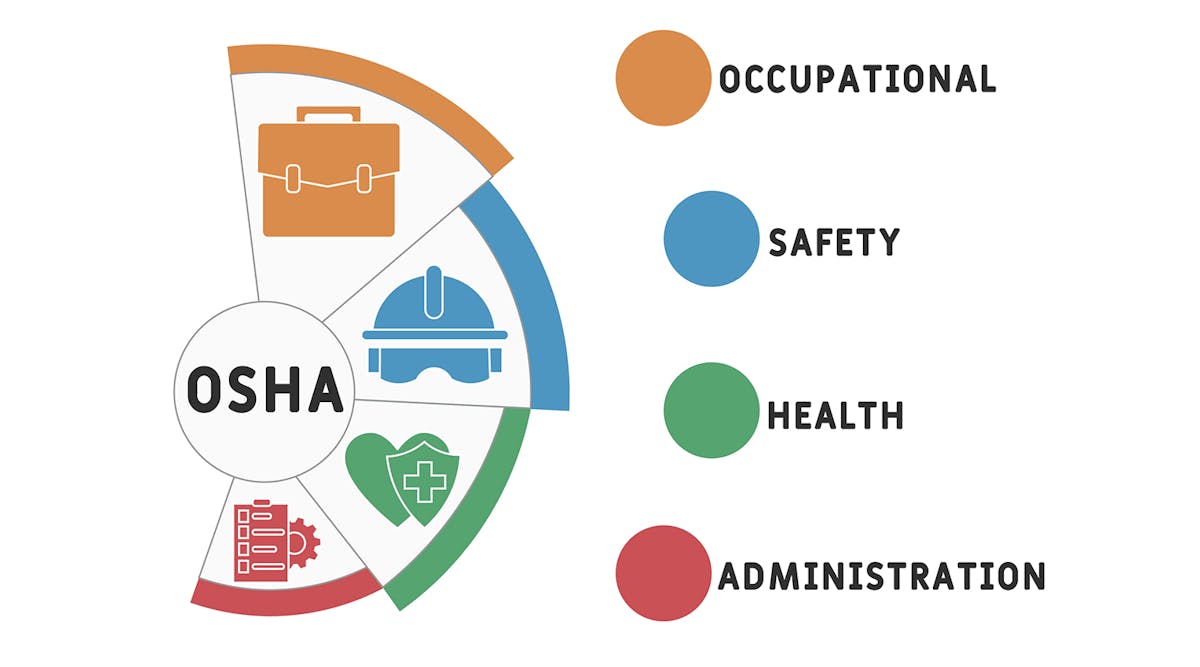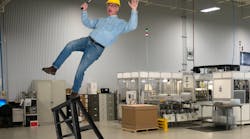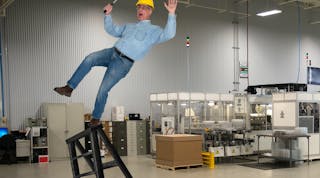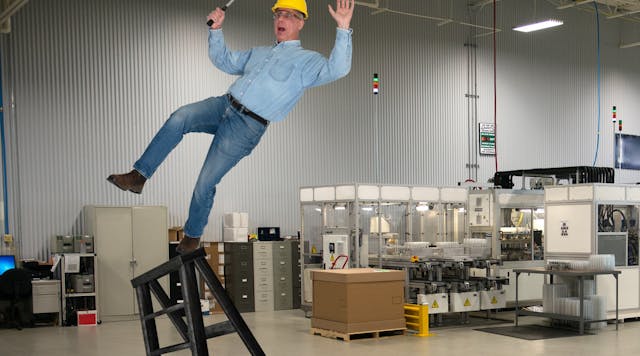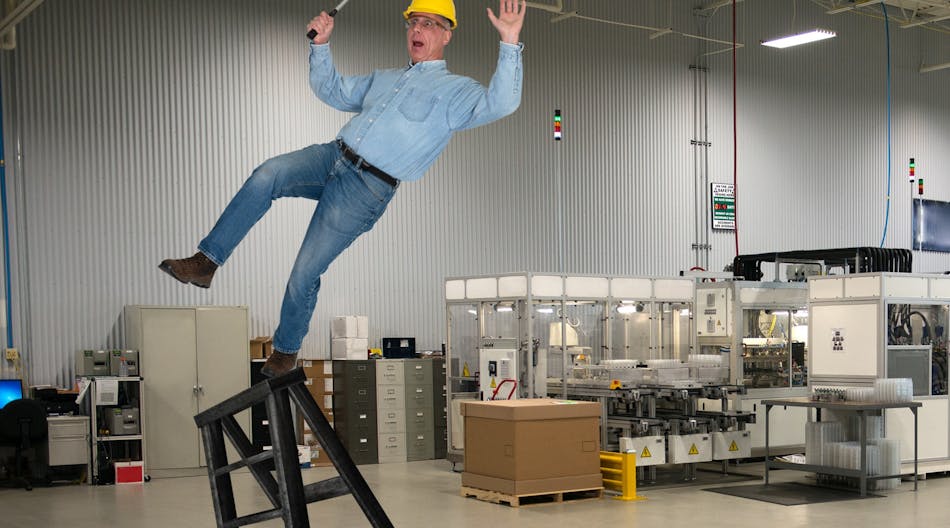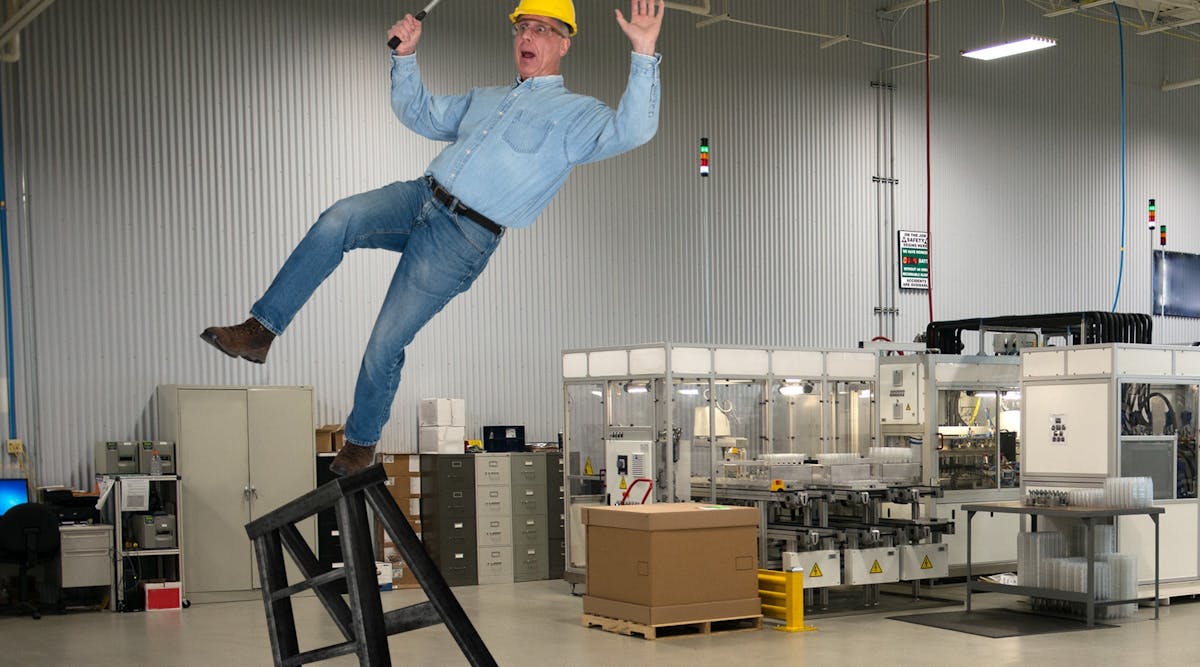Workers across various industries–from mail carriers to emergency medical technicians to drivers of buses, trucks, taxis and rideshares to construction workers–to name a few, spend part or all of their day on the roads. According to the U.S. Bureau of Labor Statistics (BLS), transportation incidents were the leading cause of death in 2021.
Distracted driving is one of the most dangerous behind-the-wheel behaviors that contribute to serious motor vehicle accidents. According to the National Highway Traffic Safety Administration (NHTSA), in 2021, distracted driving killed 3,522 people and has become an epidemic on American roads. Employers and workers need to work together to promote responsible driving and reduce distractions behind the wheel to keep everyone safe on the roadways.
Types of Distractions
There are three types of distractions: visual, manual and cognitive. Visual distractions take the driver’s eyes off the road and can include behaviors like texting, looking at a GPS, and rubbernecking at an accident on the road. Manual distractions involve the driver taking their hands off the wheel and can include behaviors such as eating or drinking, applying makeup, adjusting the radio or climate controls, or using a hand-held device. Cognitive distractions take the driver’s mind off driving and include behaviors such as talking on a phone, watching a video, arguing with a passenger or other driver, or thinking about the next appointment in their schedule.
Any non-driving task performed can limit a driver’s attention, decreasing their ability to react to potential hazards on the road and increasing their risk of an accident. According to a 2002 study, compared to other drivers, those who drive on the job were more likely to engage in risky behaviors such as hurrying to their destinations, thinking about work, driving drowsy, or using a cell phone behind the wheel.
Cell phone use is one of the most commonly cited distractions for drivers. Texting is considered especially dangerous because it encompasses all three types of distractions. However, it’s important to note that any cell phone use while driving increases the risk of an accident. According to the NHTSA, at any given time during the year 2020, an estimated 2.8% of all drivers on the road were visibly using a hand-held device.
Work Zone Safety
Distracted driving puts not only drivers at risk but also those working within these zones. In 2020, there were 857 work zone fatalities and 44,000 estimated work zone injuries, according to the American Road & Transportation Builders Association (ARTBA). Highway workers are at risk for injuries and fatalities both inside and outside a vehicle at these construction sites. Between 2017 and 2019, 45.3% of fatalities at road construction sites involved workers on foot being struck by a motor vehicle and 29.4% of workers driving or riding in a motor vehicle. In 2020, the percentage of highway worker fatalities involving workers on foot being struck by a vehicle rose to 53%.
For this reason, commercial vehicle drivers and passenger vehicle drivers must take precautions when driving through work zones and avoid distractions behind the wheel. This is especially true for drivers of trucks and buses, which have limited maneuverability and large blind spots. According to the Federal Motor Carrier Safety Administration, large trucks are involved in one-third of fatal work zone accidents.
Tips to Avoid Distracted Driving for Employers & Drivers
On average, a non-fatal injury motor vehicle accident at work that involves distraction costs an employer $100,310, according to the Network of Employers for Traffic Safety. In 2020, the median number of days an individual must spend away from work due to a roadway incident was 14, according to the National Safety Council (NSC). Both employers and workers can take steps to promote safety behind the wheel and reduce accidents on the job.
For employers, it is recommended to ban all phone use, including texting, hand-held, and hands-free, while driving a company vehicle. In addition, an employer may want to restrict the use of a company-issued phone while driving personal vehicles. A recent NSC membership survey showed that employers of all sizes, sectors, and industries are implementing employee policies banning talking and texting while driving.
Employers should encourage workers to pull over to a safe area if they need to look up directions, text, or take or make a phone call. Consider implementing technology to help curb dangerous driving behaviors like phone-blocking apps and devices.
Prior to implementing these policies, ensure that workers know that driving is their primary job when behind the wheel. Inform them of the dangers of distracted driving and the risks it poses to themselves and others. Employers may need to set guidelines on how workers can comply with the company’s driving policies and outline the consequences if these policies are not followed.
For workers, it’s important to limit distractions behind the wheel, including the use of cell phones, eating, drinking, etc. Prior to hitting the road, workers should make all necessary adjustments, such as setting temperature controls, picking a radio station, or looking up GPS directions. If an object falls while driving, a worker should avoid reaching for it immediately and instead wait until they have pulled off in a safe location to retrieve it. Drive defensively and be on alert for potential roadway hazards such as animal crossings, stalled vehicles, and accidents that may cause the driver to stop or react suddenly.
What to Do if An Accident Occurs
Motor vehicle accidents can result in serious, sometimes fatal, injuries. For those injured, it is important to remain calm and seek immediate medical attention. Even if the worker initially says they feel fine after an accident, it’s important to keep in mind that they may be experiencing shock and are unaware of how serious their injuries actually are, and the pain may set in later. For this reason, it is usually advised that those involved in a motor vehicle accident call 911 to be checked out by emergency personnel and have a police officer write an accident report.
For workers who are injured on the job or while performing their work duties, a workers' compensation claim should be filed to cover payment for medical bills and reimbursement for a portion of lost wages. A worker may be able to recover workers’ compensation benefits for injuries regardless of who was at fault for the accident. If an injury occurs as a result of a third party’s negligence, outside of an employer or coworker, the injured worker may be able to recover financial losses, disability coverage, medical expenses, and pain and suffering damages that stem from the accident by filing a personal injury lawsuit claim against the negligent party.
Workplace motor vehicle accidents are common, serious incidents that can occur on the job, so it’s important for employers to set the standard of safety in the workplace by promoting safe driving practices through policies. For workers, it’s important to avoid distractions behind the wheel and obey traffic laws and company driving standards.
David H. Perecman is founder and lead trial attorney of The Perecman Firm, P.L.L.C.


